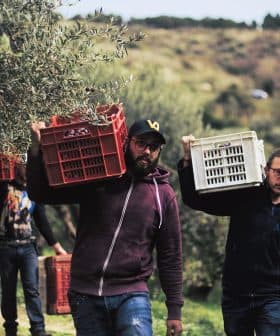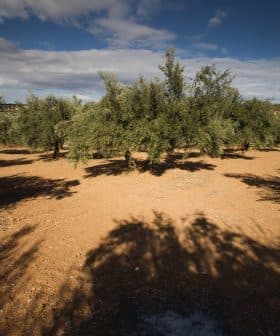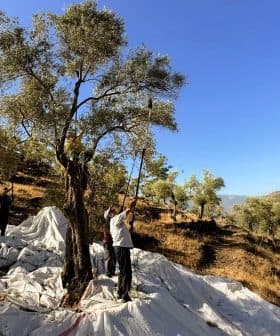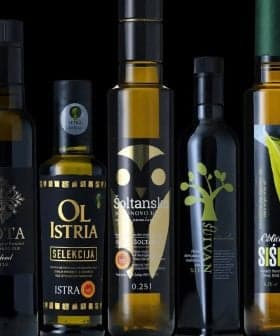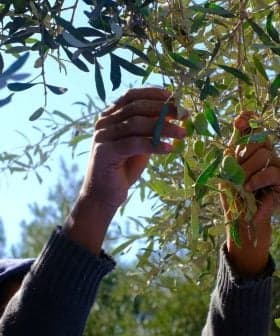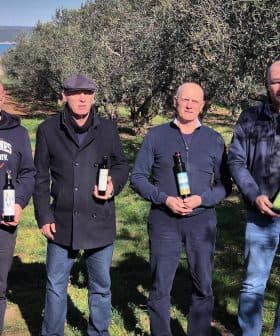Dry Heat Followed by Torrential Rain Curb Croatian Yields
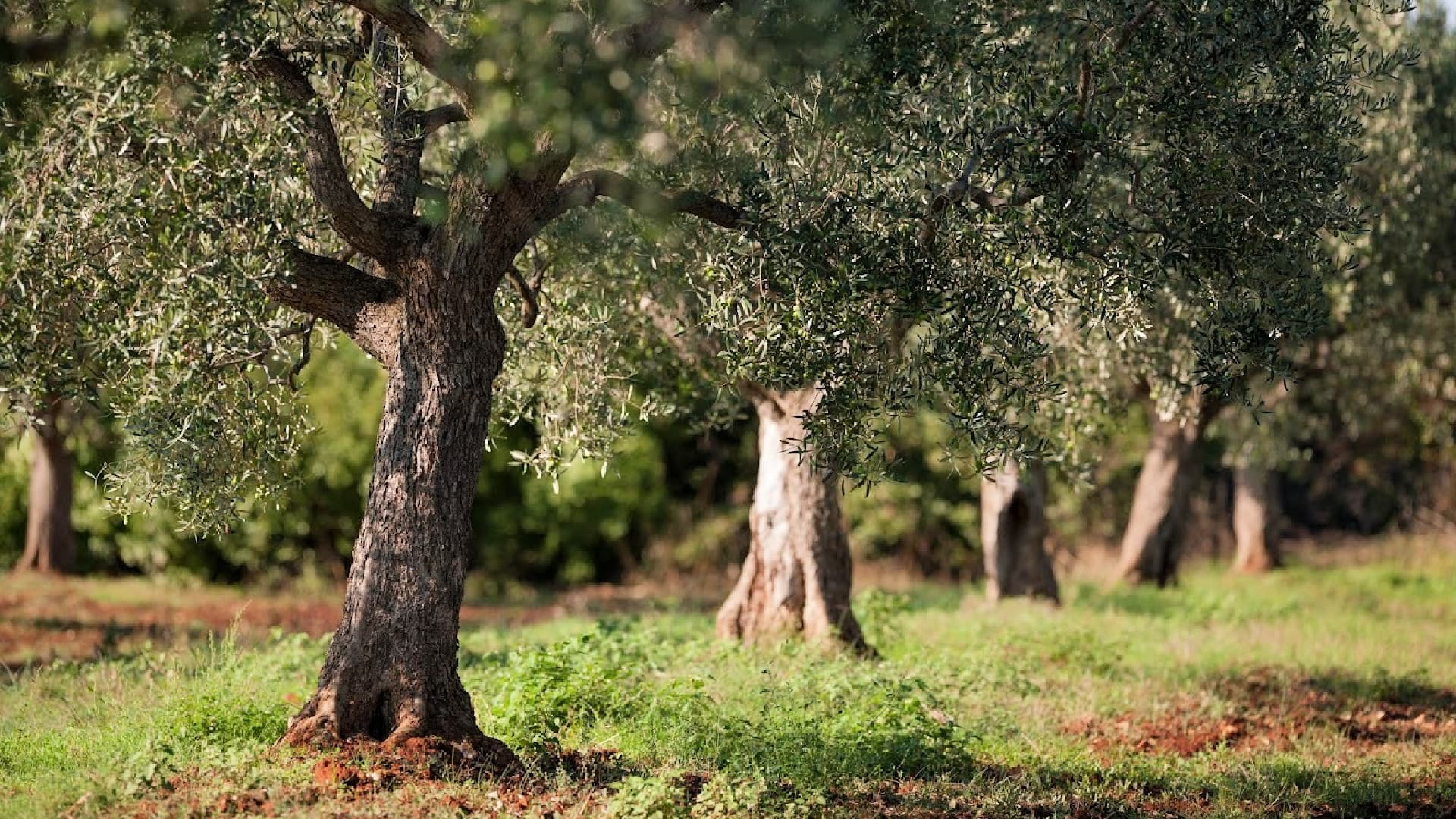
Despite facing challenges during the harvest, olive growers and millers in Croatia are optimistic about the quality of the olive oil produced this year. Extreme weather conditions, including a hot and dry summer followed by heavy rainfall, complicated the harvest for producers and resulted in disappointing conversion yields for millers.
Despite a challenging harvest, olive growers and millers across Croatia are optimistic about quality.
A hot and dry summer followed by heavy rainfall complicated the harvest for producers and resulted in millers reporting disappointing conversion yields.
“The quality of the produced olive oil is outrageous,” said Rudolf Nemetschke, co-owner of Avistria. “The oil is very fruity and has an intensive ‘green’ color and taste – green tomato, herbs, green leaves. The quality is the best in ten years.”
See Also:2024 Harvest UpdatesAvistria produces extra virgin olive oil in Sveti Lovrec, in the heart of Istria, the large peninsula in the northern Adriatic Sea. The company cultivates almost 10,000 trees over 35 hectares.
“The milling percentages were disastrous this year,” Nemetschke explained, referring to the conversion yields.
Meanwhile, fellow Istrian producer Mili Kus, owner of Olivo Monte Cucco, said the 2024/25 crop year had been the most difficult yet due to the summer heat and drought followed by weeks of heavy rain.
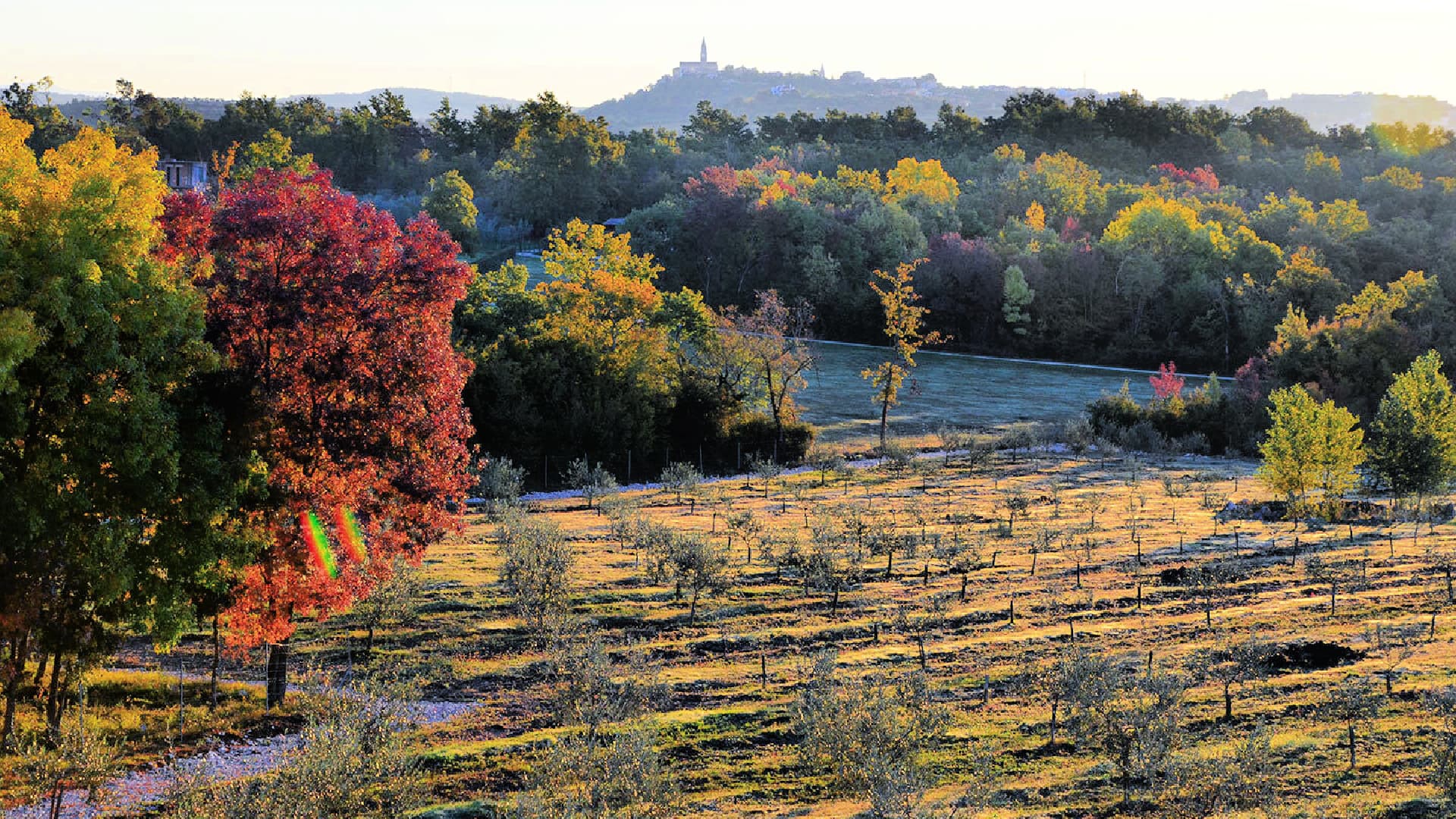
The producers at Olivo Monte Cucco said 2024 was their toughest harvest yet. (Photo: Olivo Monte Cucco)
“Looking at the first rainfall, one could have hoped it could benefit the harvest. But, apart from some additional coloration on the olives, it did not happen,” Kus said. “Such heavy rainfall ended up impacting the ripening process of the fruits. It just stopped.”
“Heavy rainfall also impacted the soil, which made harvesting way more difficult as mud was all over,” she added. “Still, I believe the olive oil quality this year is out of this world.”
The hot and dry summer, followed by torrential rains in the autumn, complicated the harvest for regional producers.
“Our Buza olive oil had a percentage of 5.4 percent,” Nemetschke remarked, referring to the conversion yield, determined by how many kilograms of olive oil are produced from 100 kilograms of fruits.
“The numbers for Istarska Bjelica and Leccino were better, with the average number being approximately 8.5 percent,” Nemetschke said. “Such numbers are not satisfying, although low numbers were expected due to the summer heat wave.”
“We fear a clear price increase of extra virgin olive oil in Istria, as all producers have more or less the same situation,” he added.
Croatia produced about 3,500 tons of olive oil in the 2023/24 crop year. According to European Union data, Croatia has produced an average of 3,800 tons annually over the past decade.
“The extreme summer drought and exceptionally high temperatures were not favorable for pests, and as a result, the olive fruit fly was not observed at all this year,” said Tedi Chiavalon, co-owner of OPG Chiavalon.

Sandi and Tedi Chiavalon expected a below average yield but were surprised by the low levels of oil. (Photo: OPG Chiavalon)
“Those conditions led to an extremely healthy crop and incredible quality of extra virgin olive oils, not just on our estate but across the entire region,” he added.
Chiavalon’s family groves include approximately 9,000 olive trees covering more than 30 hectares in the Vodnjan area of Istria. He confirmed that conversion yields were extremely low.
“Such low yields have not been recorded in recent history, and despite a good harvest, the total production of olive oil in Istria will ultimately be lower than usual,” Chiavalon said.
“Due to the exceptionally high temperatures during the summer and the prolonged dry period without rain, we expected slightly lower yields, but not to the extent we witnessed in the end,” he added.
According to data from the Croatian government, the country boasts about 20,000 hectares of olive groves, almost half of which correspond to native varieties. The majority of Croatian olive oil production comes from small family-owned farms.
The National Bureau of Statistics’ latest report noted that in 2024, more than half of the olive oil consumed in the country was imported.
In October, average extra virgin olive oil prices in the country were still rising, up to €14 per liter.
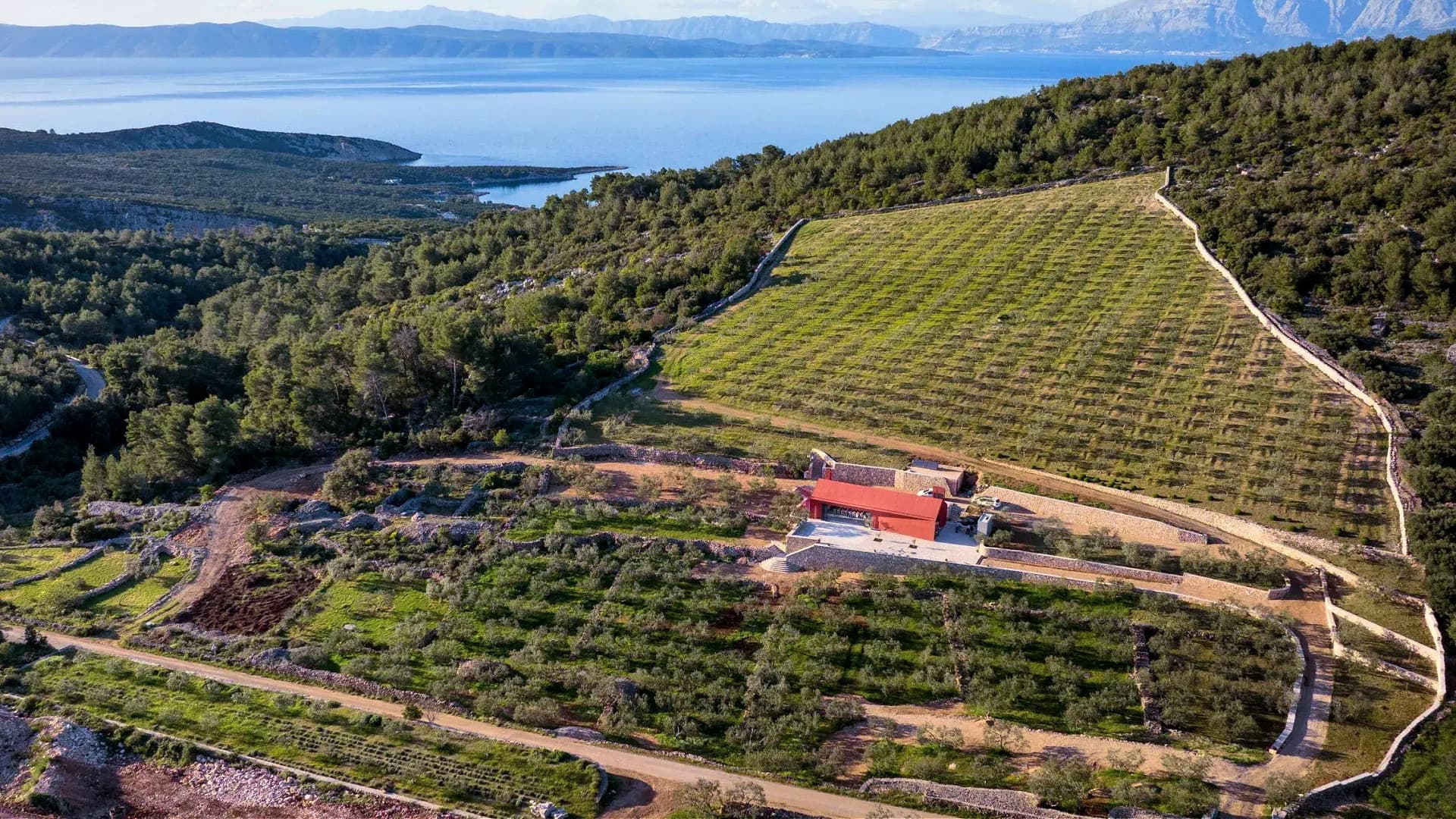
Producers on the island of Hvar blamed drought for their challenging harvest. (Photo: OPG Seca)
“The biggest challenge this season was the drought that affected certain parts of the island and the surrounding areas,” said Josipa Visković, the event and communication manager at OPG Seca. “In some areas, it did not rain for almost five months, which has threatened the survival of this year’s fruit.”
OPG Seca is an award-winning olive farm located on the island of Hvar, off the Dalmatian coast, where it cultivates about 1,000 olive trees.
“Given the impossibility of irrigation and the unavailability of a dedicated water infrastructure, we are impacted by climatic conditions that threaten the olive trees with drying,” Visković said.
“Nevertheless, nature has blessed us with rain at the crucial and very last moment, so the olives were successfully saved, and the oil managed to develop in the fruit,” she added.
Visković stressed the high quality of the olive oil, celebrated in a traditional end-of-harvest event that is part of the company’s many activities to promote the island’s olive oil culture.



